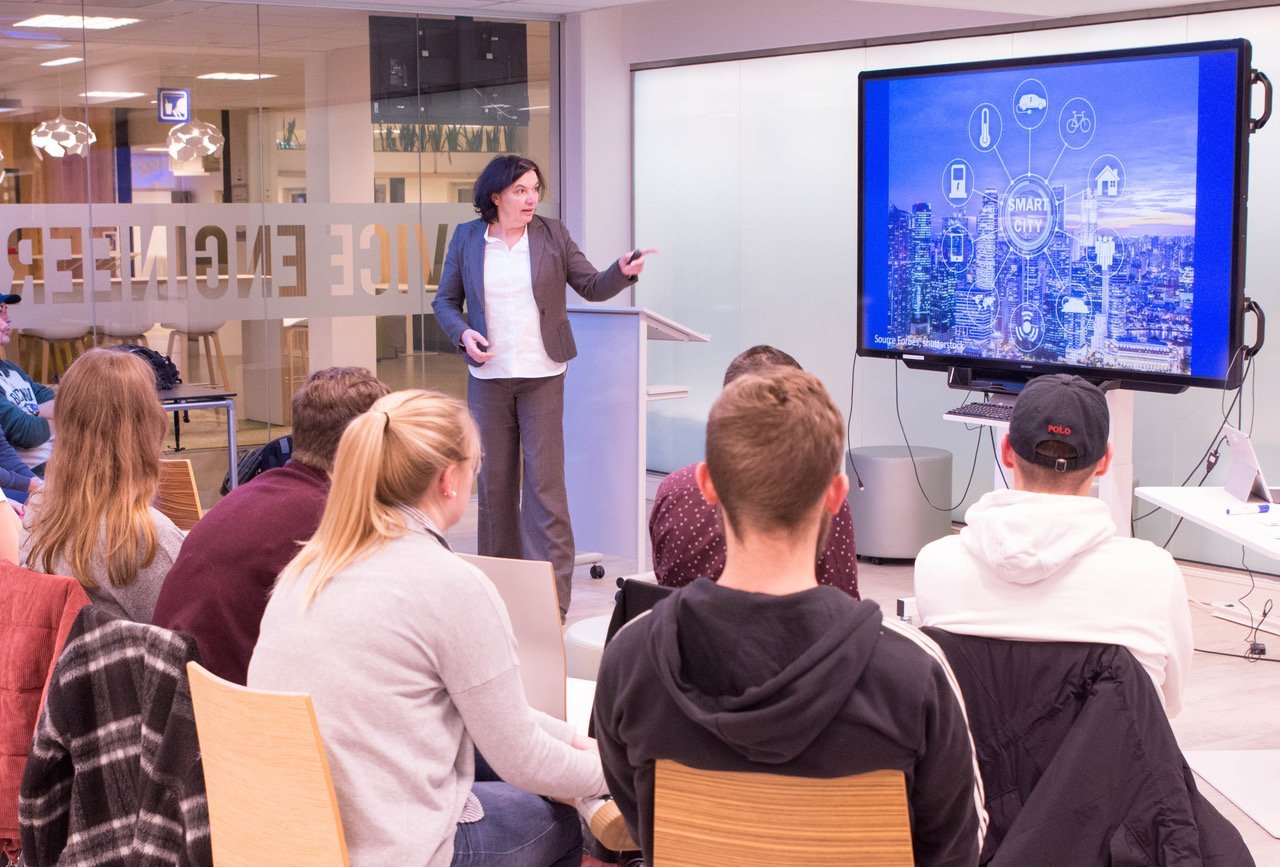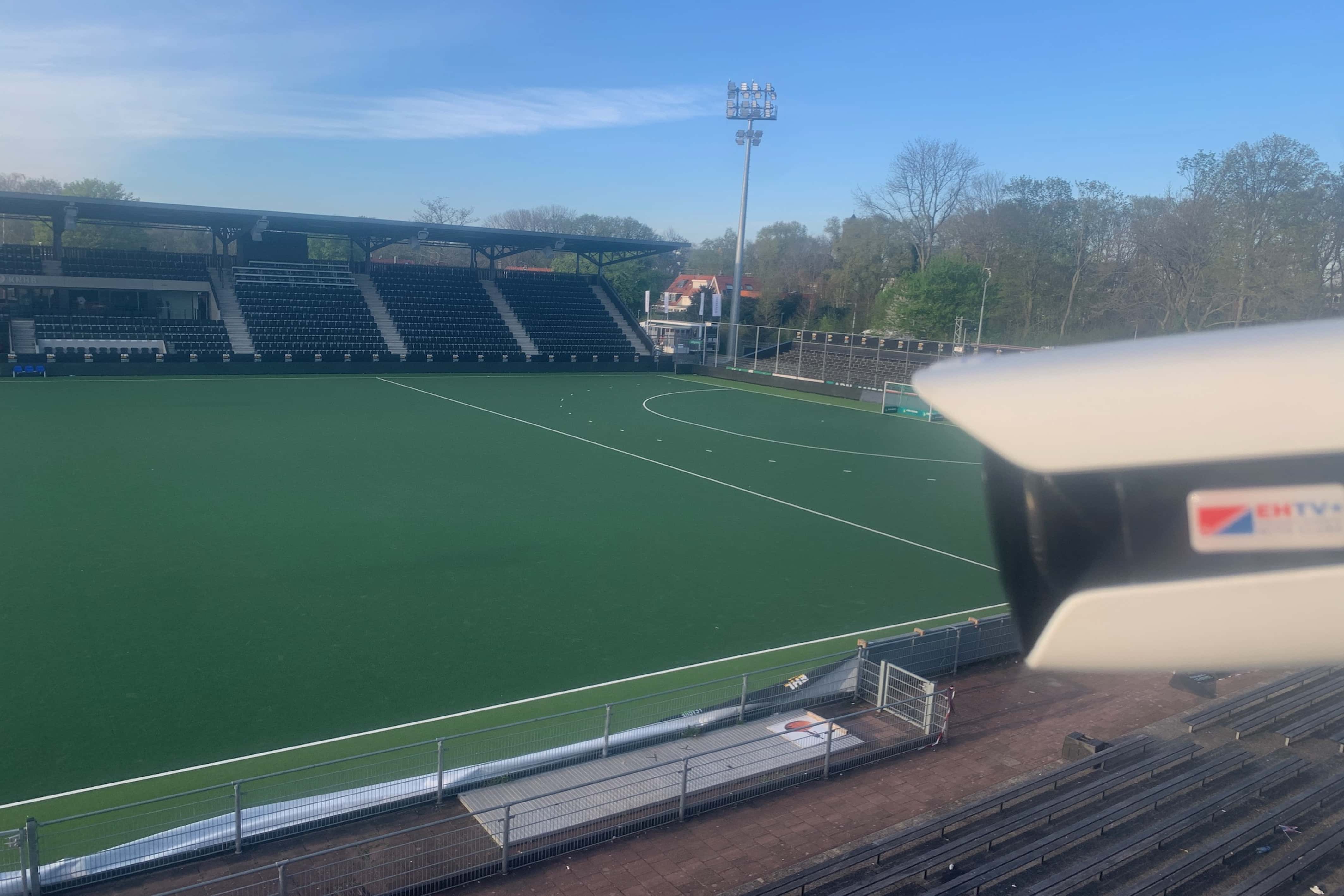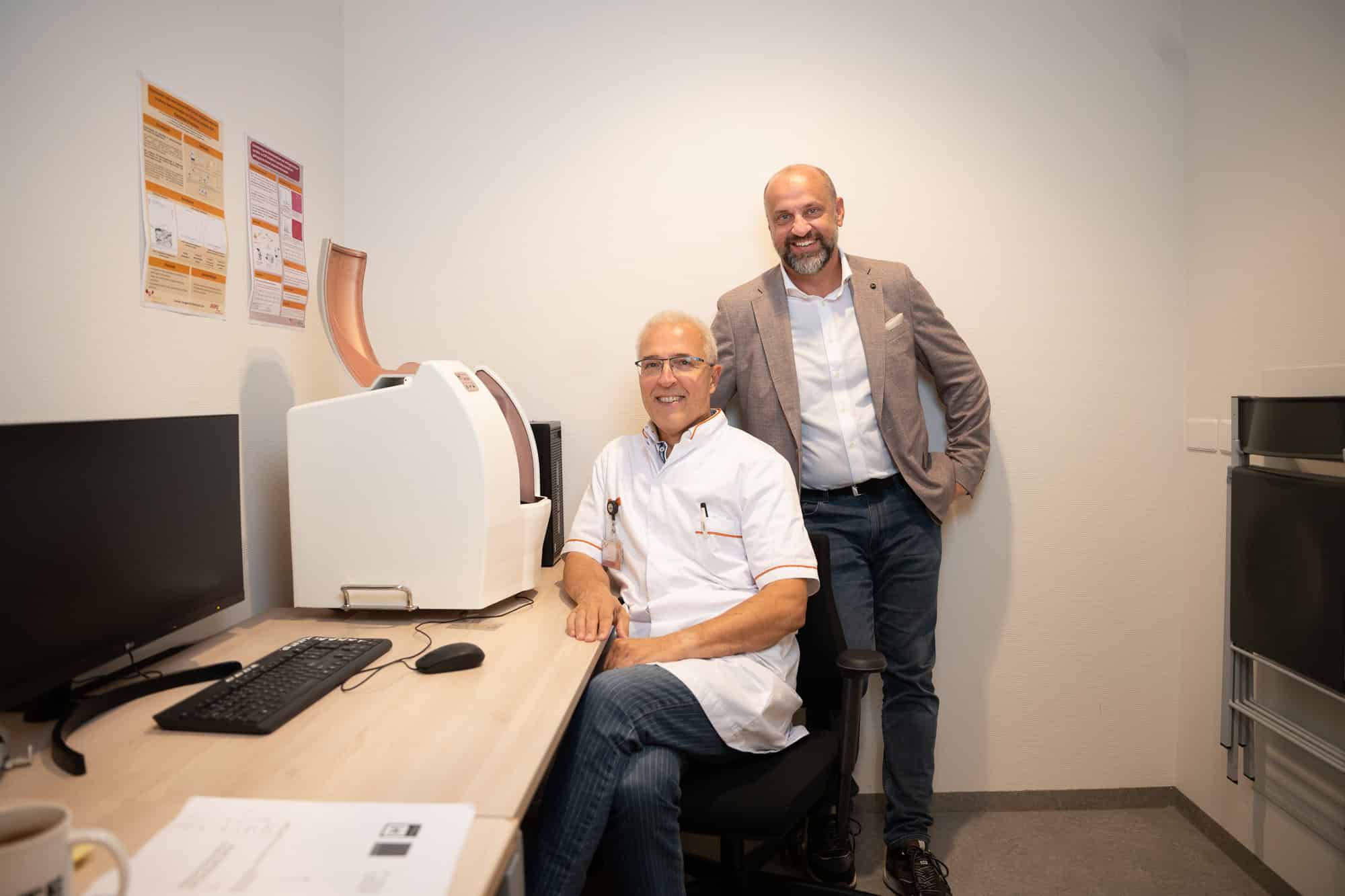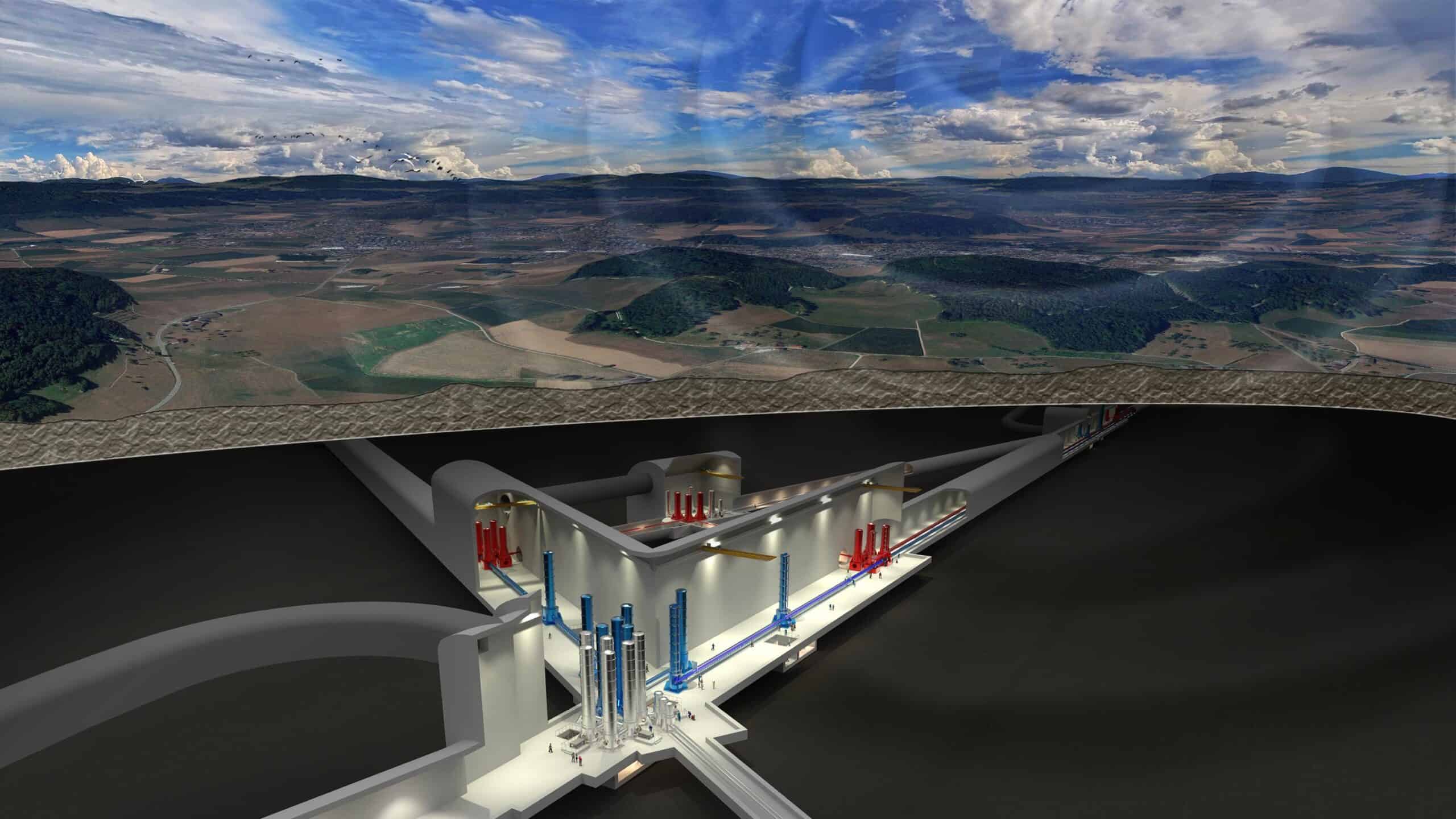
The Internet of Things, where everything around us is being digitized, offers opportunities. Already you can turn on the thermostat remotely or see who’s at your door at any time – even if you’re far from home. Plants in greenhouses are automatically watered when they need it. Anchors with sensors hold our dikes together and warn if the water tension and pressure changes. No longer does the dike reeve have to visit all the dikes. Much more is possible thanks to the future 5G network and everything will become connected to everything.
Els van de Kar, associate professor of Business Service Innovation at Fontys University of Applied Sciences Venlo, and Etienne Scholl, Domain Sales Manager at Ericsson, explain in a microlecture what the Internet of Things (IoT) and the 5G network can do for e.g. the manufacturing industry. This is where the manufacturing industry is going to make a difference. Not because of the products, but because of the service that they will be able to provide, says Van de Kar.
Smart Servitization
“That’s what you call a difficult word: servitization.” The Business Service Innovation research group is exploring how new technologies such as IoT, Big Data and 5G can provide a competitive advantage so that manufacturing companies can remain profitable. Fontys is not alone in this: The Netherlands has set itself the goal of having the most flexible and best digitally connected production network in Europe by 2021. This can be read in the Implementation Agenda 2018-2021, drawn up by the Smart Industry platform, FME, the Ministry of Economic Affairs and Climate Policy, the Dutch Chamber of Commerce, the Koninklijke Metaalunie and TNO.

Together with LIOF, Vodafone, Ericsson, Zuyd University of Applied Sciences and Regitel, the lectorate forms a project group that is examining how far Limburg’s small and medium-sized enterprises and the manufacturing industry have come in terms of IoT. Van de Kar: “In other words, what about their level of IoT maturity? That’s a slow process in Limburg.” Students came by for an interview after companies had responded to a digital survey. While a company had responded digitally that it was well on its way when it came to IoT, it became clear from the interviews that most companies are only in the early stages of their implementation of IoT. “These trajectories take time and I assume that this will take a few steps at a time.”
“Consumers are already wireless, but factories have only just started”, Scholl continues. “The industry still uses a lot of machines that are connected by cable, regardless of how wireless technologies make factories more flexible. This is also down to the fact that this technology is completely new. It is unclear how it is going to progress. You have to run production in industry, and if your factory is shut down as a result of a malfunction, it will just cost you money. It is important that the technology is stable. They know that cables are stable.”
Speed vs latency
Aside from stability, speed is also important. “If we look at 4G, that’s not fast enough for all industries. 5G will be 20 times faster.” 5G also has an advantage for robotics. As there is always a delay in data that you send via the network, Scholl explains. “We call that ‘latency’. The delay is twenty-five to thirty milliseconds with 4G, whereas 5G reduces it to one millisecond. Which is necessary for self-driving cars, for one thing.”
The level of accuracy of 5G is greater. Scholl: “This is good when it comes to aircraft maintenance, for instance. Lots of tools are needed for that. With a single push of a button, the system checks whether all the material and tools that have been used are back in the right place. It’s terrible to think that a screwdriver might have gotten stuck in one of the engines.”
Many companies are already using wifi on the path to 5G, says Scholl. “Wifi works when there are only a few users. Compare it to a space where more and more people are coming. You start talking louder and louder and at some point you have to talk so loudly that you can no longer hear each other.” Scholl cites an example from the Rotterdam port where automated cranes load and unload container ships from China. “That went well using wifi until boats passed by that also had wifi networks, then the system kept dropping out.”
Data
Plenty of options and advantages, yet the story behind the data is rooted in all these smart applications, Van de Kar goes on to say. Who owns the data, where is the data, what to do with all that data? When Van de Kar asks who would like to be connected to the rest of the world through their bicycle, house and car, one German student responds: “Not me! They’ ll be able to see into my brain in a second. And I enjoy taking care of my car and bike myself.”
There are more reservations. Afterwards, a Dutch fourth-year commercial economics student admits that he is skeptical. “I see it as a great gift, at least that’s also how companies present IoT and 5G. But there is no way back, I think. It seems as if companies will be able to offer cheaper services because of digitization, but I don’t see that happening quite yet. And you are missing out on the social aspect, I’m afraid that it will make society even more individualistic.”
Andreas Zosholl, a German international business student who is currently completing his studies at Groba, sees mostly opportunities. ” This introduction was very interesting for me personally. Not so much for my graduation thesis. With that, I’m mainly concerned with sensors and internet connections for the machines. 5G is still a step too far for Groba.”








